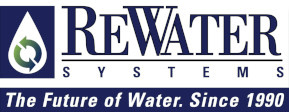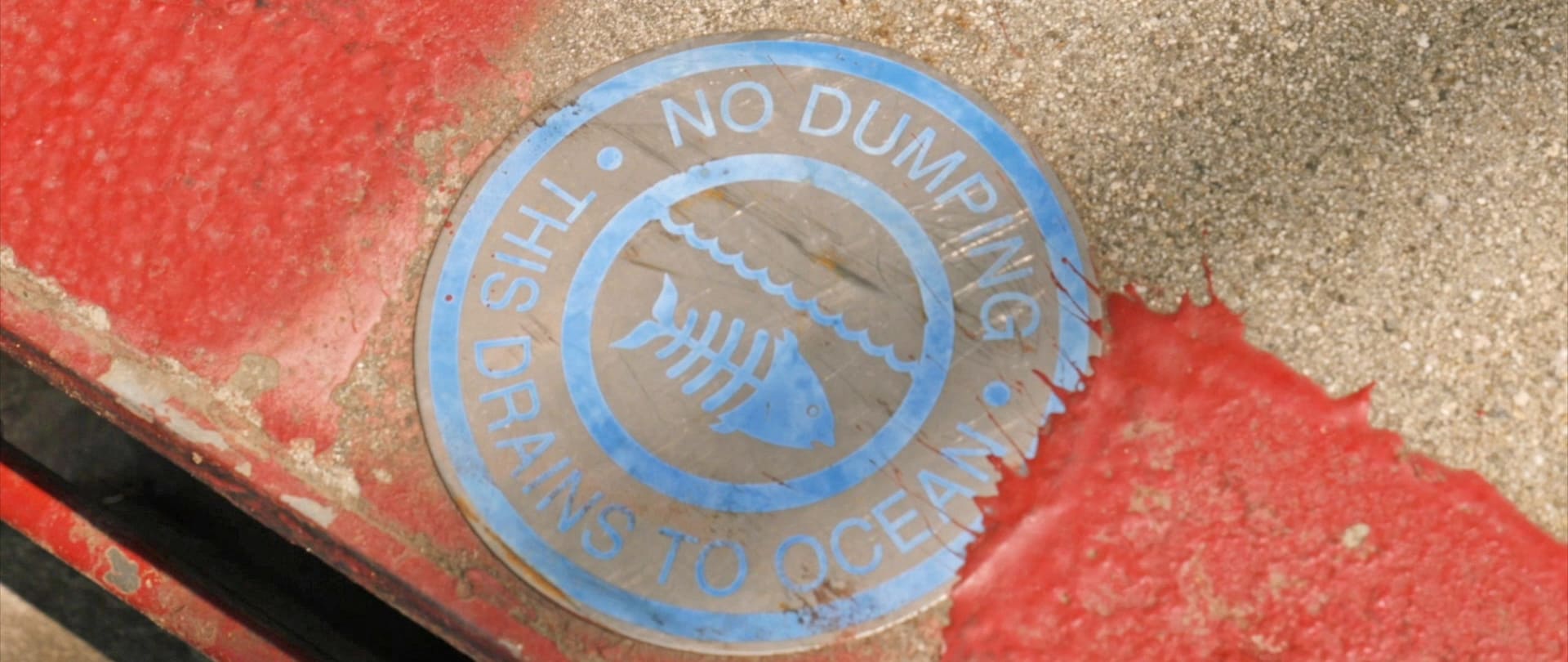A ReWater® system creates numerous benefits for the environment, including:
- Water Conservation
- Wastewater Reduction
- Wastewater Pollution Prevention
- Run-Off Pollution Prevention
- Landscape Vitality
- Energy Conservation
- Land Conservation
Water conservation
Water conservation comes from reusing half the water from inside a residence, and also by using that water at least 30% and up to 60% more efficiently than sprinklers in our underground drip network.
According to numerous studies, a typical person produces 39.1 gallons of greywater per day. An average home has 3.2 people in it, which results in the production of 125 gallons of greywater per day. This equals 45,668 gallons of greywater per year per average home.
A one hundred unit family apartment building produces about 4,566,800 gallons per year. That irrigates a very large landscape for free, drought or not.
Further, this water is then used in our underground drip irrigation network. According to studies including a 1998 USDA, C.R. Camp, analysis of all available studies on underground drip irrigation, underground drip is at least 30% more efficient than sprinklers, which the vast majority of residences otherwise use.
This 1.3 efficiency multiplier means ReWater conserves 30% more water than just the reused water.
Please see our cost benefit analysis spreadsheet to find out how much water you could reuse at any particular apartment, condominium, barracks, or other multi-family residences.
Some water districts provide financial incentives for our systems, either in the form of a discount on the new water connection fee, or in a water conservation voucher, or rebate of some sort.
Return to TopWastewater reduction
Waste water reduction comes from reusing half the water from inside the residence, thereby reducing that same volume of water going to the sewage treatment plant.
If your wastewater is going to a sewer treatment plant, reducing the volume to the plant reduces that plant’s cost of operations, mainly in reduced energy demand and decreased chemical use.
If your wastewater goes to a septic system, reducing the volume decreases impacts to expensive leach fields by up to 50%.
In either case, placing that water and its microscopic solids into the root zones of the landscape takes a load off the downstream treatment process.
Those microscopic solids are almost exclusively organic. Putting them in the upper layer of the soil exposes them to a high degree of microbial digestion. That digestion’s byproduct is mainly fulvic and humic acids, which are literally plant food. This water is better than city water for landscaping.
Most sewer districts have formal rate reduction schedules for commercial wastewater reduction systems like the ReWater system. What’s usually required for a rate reduction is a meter that documents the volume of wastewater that went to irrigation. These savings quickly pay for the system.
Production home builders in California know that state law requires the sewer rate charged by a sewer district must consider the actual volume of wastewater the sewer district must treat.
Return to TopWastewater pollution prevention
With a ReWater® system, laundry surfactants go into the soil and are broken down into fulvic and humic acids (fertilizer), not to the sewer plant to be discharged into the environment. Surfactants (surface acting agents) are molecules that bind to water on one end and oil on the other.
Conventional sewer plants can’t break down surfactants. All the science collected from generations of septic tank leach fields proves that soil breaks down surfactants.
The most common type of municipal sewage surfactants comes from laundry detergents and it mimics estrogen. In the late 1990s, numerous studies found that fish were sexually mutating in the discharge plumes of municipal sewage treatment plants.
Preventing wastewater from entering waters of the United States is a very high priority for US EPA.
Run-off pollution prevention
Irrigation run-off pollution contains animal feces, fertilizers, pesticides, and silt. It’s the single largest source of water pollution on California’s coast. Our recycling systems use all water underground, preventing irrigation run-off pollution entirely.
Keeping the soil surface dry also helps it absorb the initial part of a rain event. Builders are under tremendous pressure to prevent run-off and traditional methods of trapping run-off are expensive and land intensive. We offer an inexpensive solution for preventing run-off pollution.
Return to TopEnergy conservation
According to the California Energy Commission, over 19% of all electricity used in California goes to pumping water around the state. Numerous studies show that at least 25% of all the energy consumed by Los Angeles goes to moving water there, and San Diego uses an even higher percentage.
A home in Southern California that reuses half its indoor water will use 12.5% less energy than a conventionally irrigated home.
The State Water Resources Control Board has determined that greywater can cost less than $600 per acre-foot. But they didn’t factor in the cost of saved electricity.
The cost of municipally owned water projects are actually enormous monetarily and environmentally when you factor in electricity. For example, compare greywater irrigation to desalinization or the new Toilet-to-Tap projects on the books. Those projects force water through tiny reverse osmosis membranes, which costs $1,500 to $3,000 per acre-foot for energy alone.
Return to TopLandscape vitality
Because greywater is used in underground drip irrigation systems, roots grow downward to collect it. Thus, plants are more vital and able to withstand nature’s forces when irrigated via a greywater system. Sprinklers promote just the opposite effect.
Also, greywater contains shampoo. The most common ingredient in shampoo is ammonium
laureth sulfate, which is also sold as a soil conditioner. This ingredient frees the oils and dirt from your hair just like it loosens the constituents in your soil, allowing soil to remain open and letting water pass through freely. Good percolating soil is important for plant vitality, as it allow their roots to grow unimpeded, and to uptake water and nutrients faster.
Land conservation
Water storage projects used to be taken for granted – if a new dam was needed, it was built with few questions asked. No longer.
Greywater irrigation takes up no additional land and its accompanying fora and fauna. It is also far less expensive per acre-foot than water storage projects being implemented by public agencies.
At Diamond Valley Reservoir in Hemet, California, 800,000 acre-feet of water is stored at a cost of $2.1 Billion ($2,625 per acre-foot), plus interest, plus O&M. But it’s rarely full.
While greywater irrigation doesn’t provide emergency water storage, in the real world where people irrigate their landscapes even during water emergencies, greywater irrigation systems provide a serious and cost-effective buffer in times of need, with zero in land costs.
Return to Top
